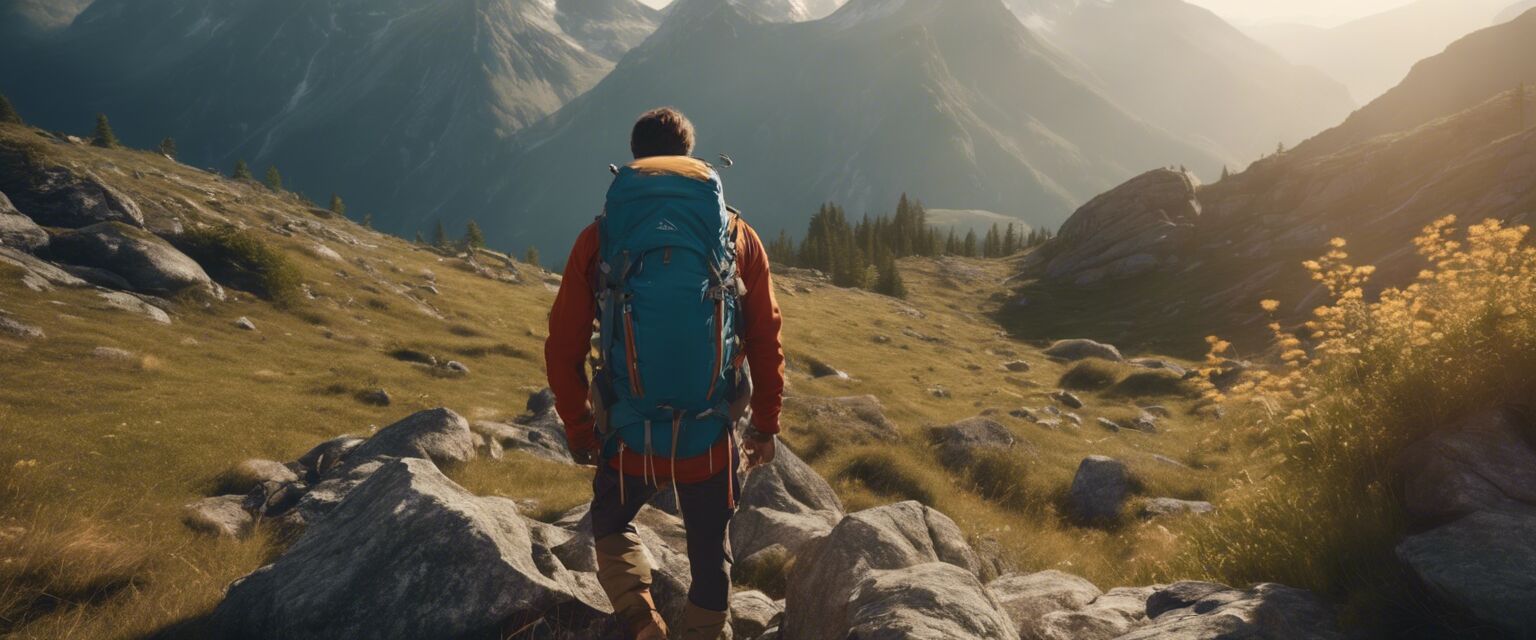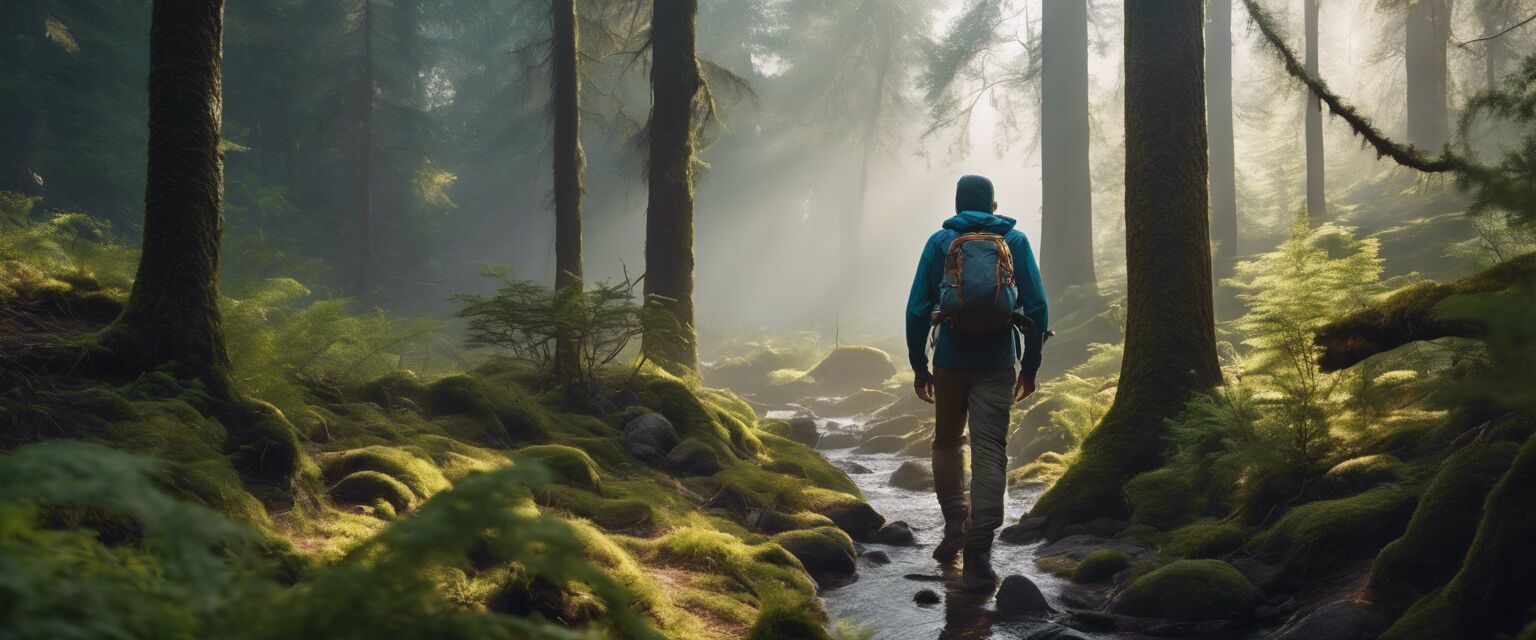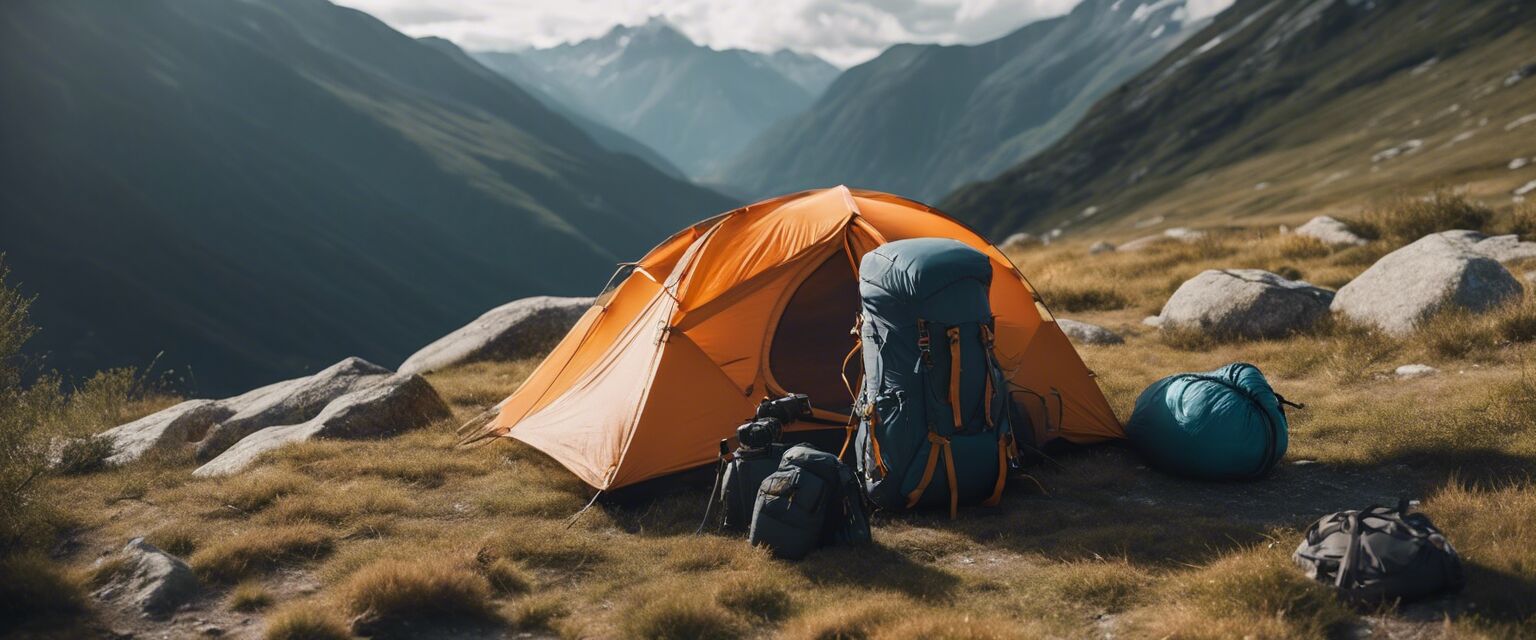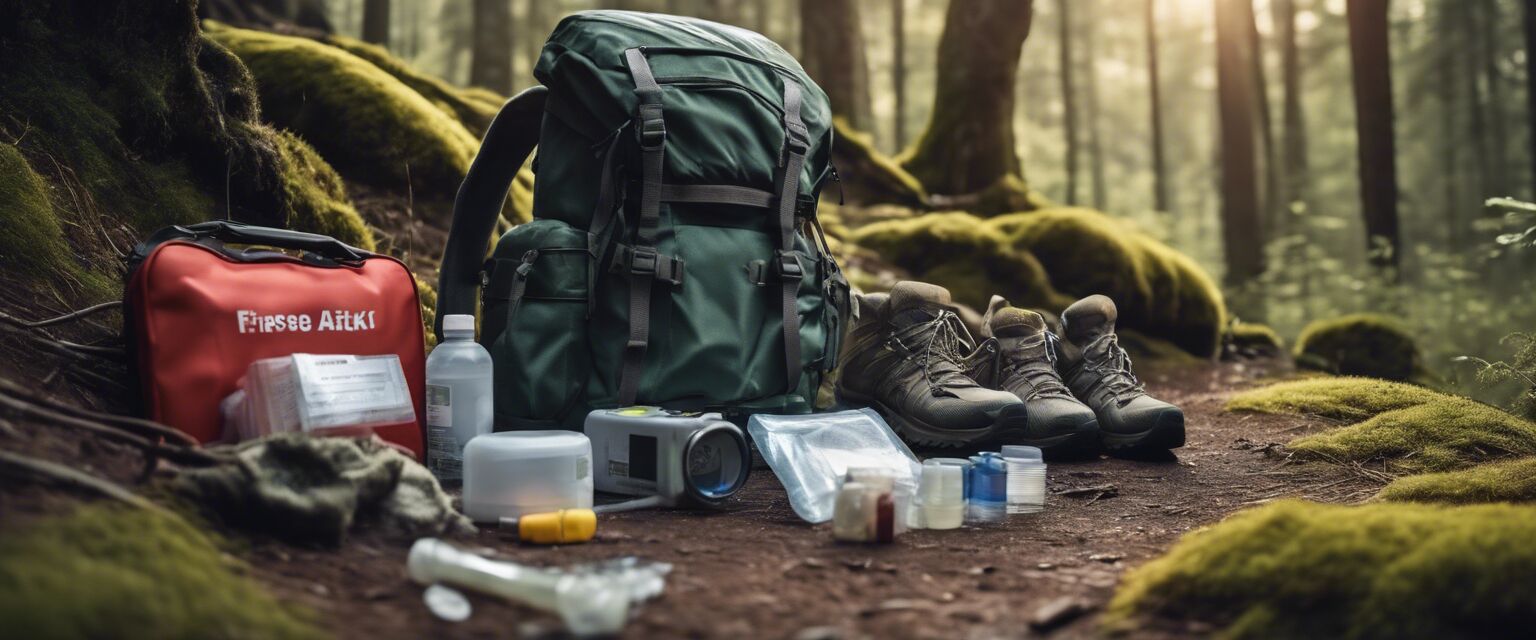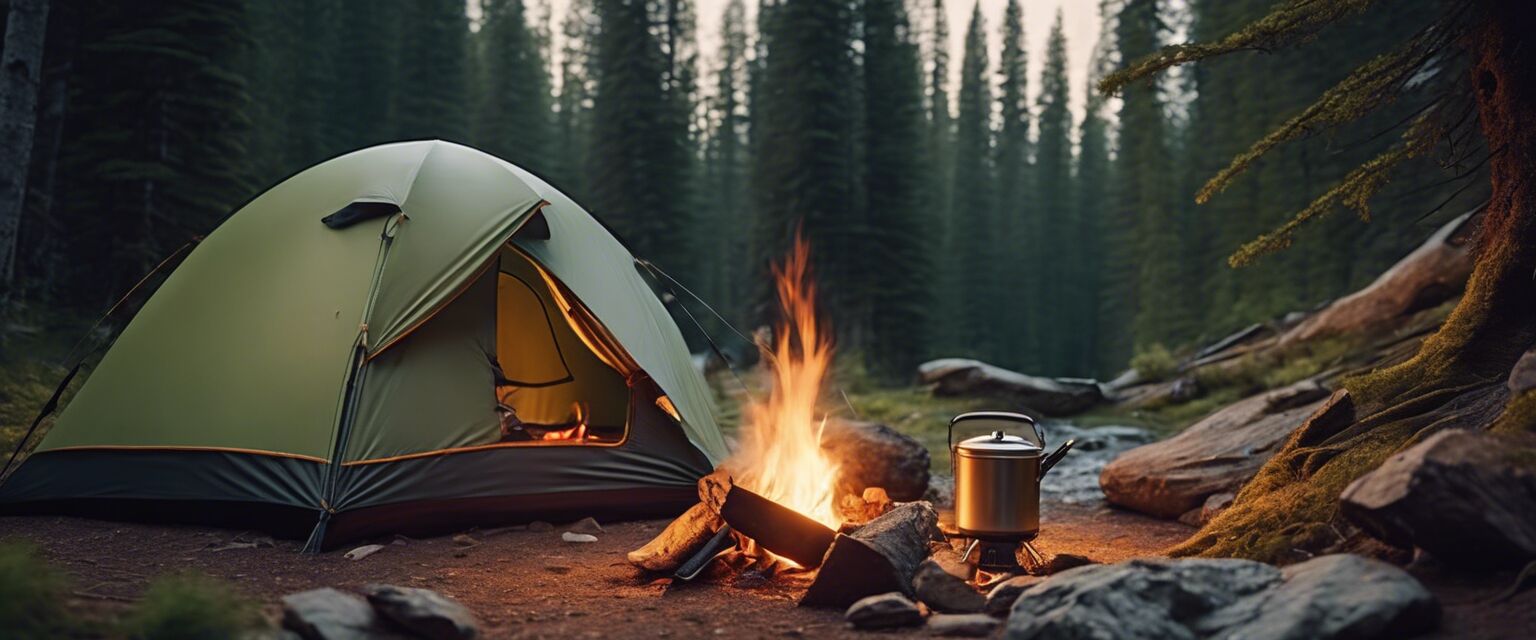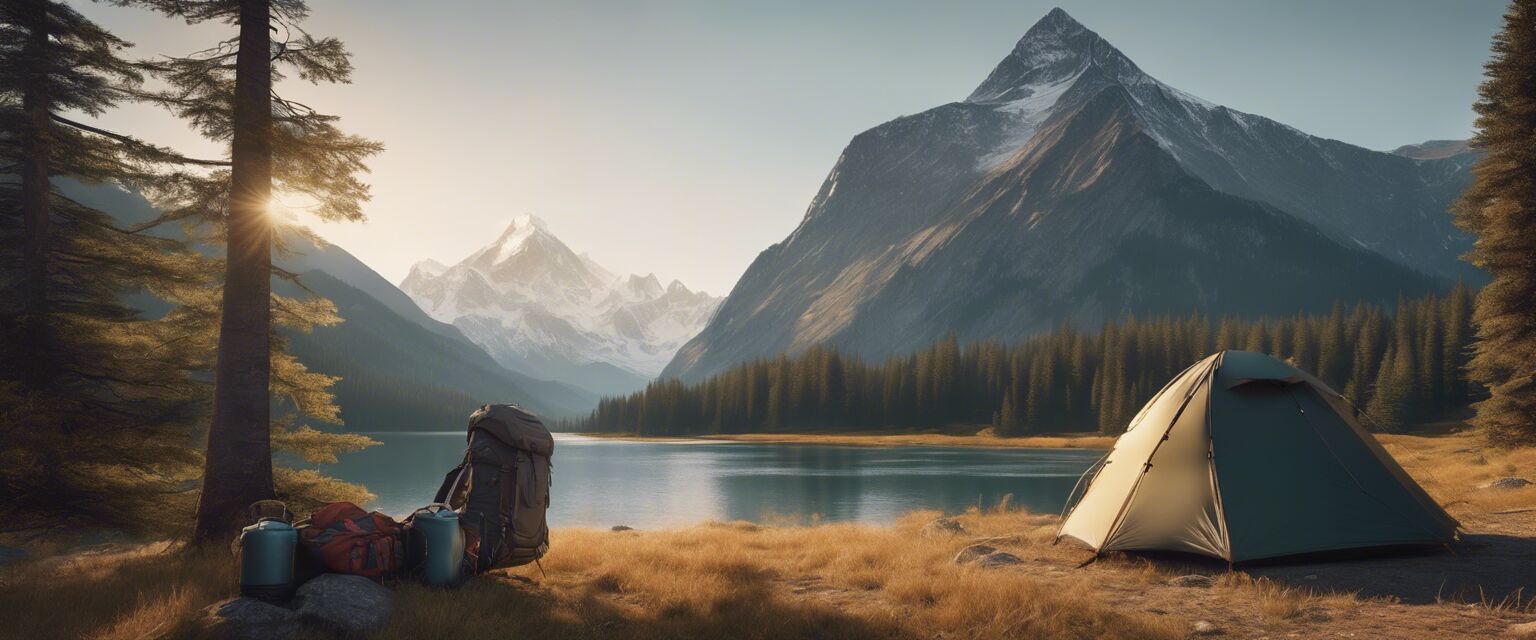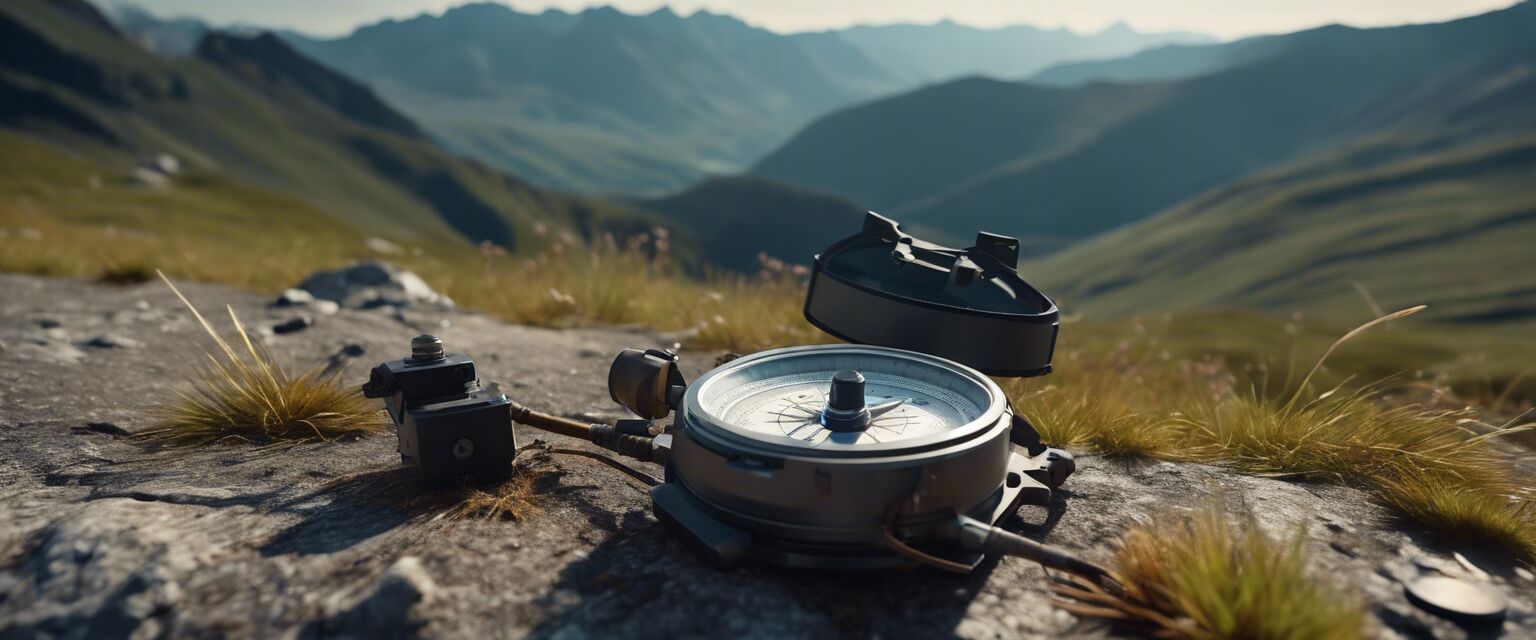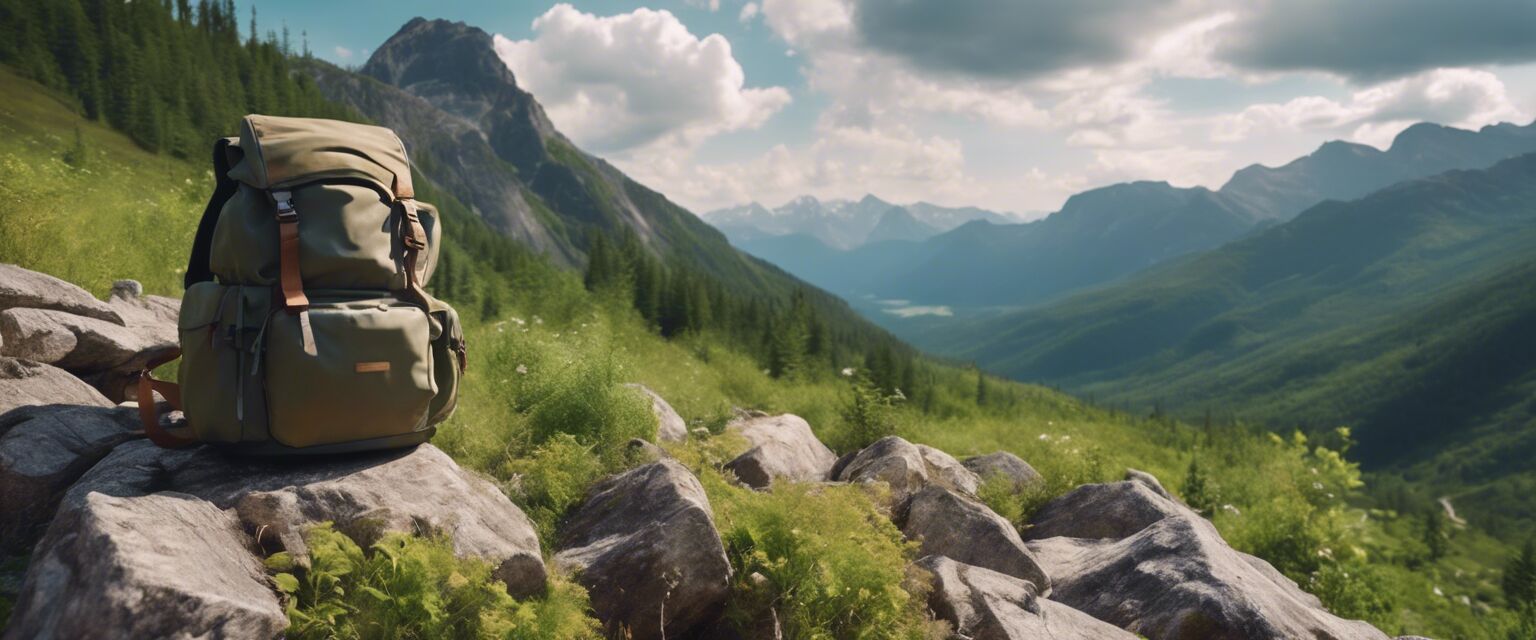
Shelter and Sleeping Gear
When it comes to backpacking, having the right shelter and sleeping gear is crucial for a safe and comfortable trip. In this article, we'll cover the essential items you need to consider for your next adventure.
Key Takeaways
- Choose a tent that's waterproof, durable, and spacious enough for your group size
- Select a sleeping bag that's suitable for the expected temperatures and has a comfortable fit
- Don't forget to pack a sleeping pad for extra comfort and insulation
- Consider a tarp or rain fly for added protection from the elements
Shelter Options
When it comes to shelter, you have several options to choose from, each with its own pros and cons.
| Tent Type | Weight | Capacity | Price Range |
|---|---|---|---|
| Ultralight Backpacking Tent | 2-3 lbs | 1-2 people | $100-$300 |
| Mid-Range Backpacking Tent | 3-4 lbs | 2-3 people | $200-$500 |
| Family Car Camping Tent | 5-6 lbs | 4-6 people | $300-$800 |
In addition to tents, you may also want to consider a tarp or rain fly for added protection from the elements.

Sleeping Gear Essentials
A good night's sleep is crucial for a successful backpacking trip. Here are the essential items you need to consider:
- Sleeping Bag: Choose a bag that's suitable for the expected temperatures and has a comfortable fit.
- Sleeping Pad: A sleeping pad provides extra comfort and insulation, and can help keep you warm on cold nights.
- Ground Cloth: A ground cloth can help protect your sleeping pad and bag from moisture and abrasion.
| Sleeping Bag Temperature Rating | Temperature Range |
|---|---|
| Summer | 30°F - 50°F (-1°C - 10°C) |
| Three-Season | 15°F - 30°F (-9°C - 1°C) |
| Winter | 0°F - 15°F (-18°C - 9°C) |
When choosing a sleeping bag, make sure to consider the expected temperatures for your trip and select a bag that's suitable for those conditions.
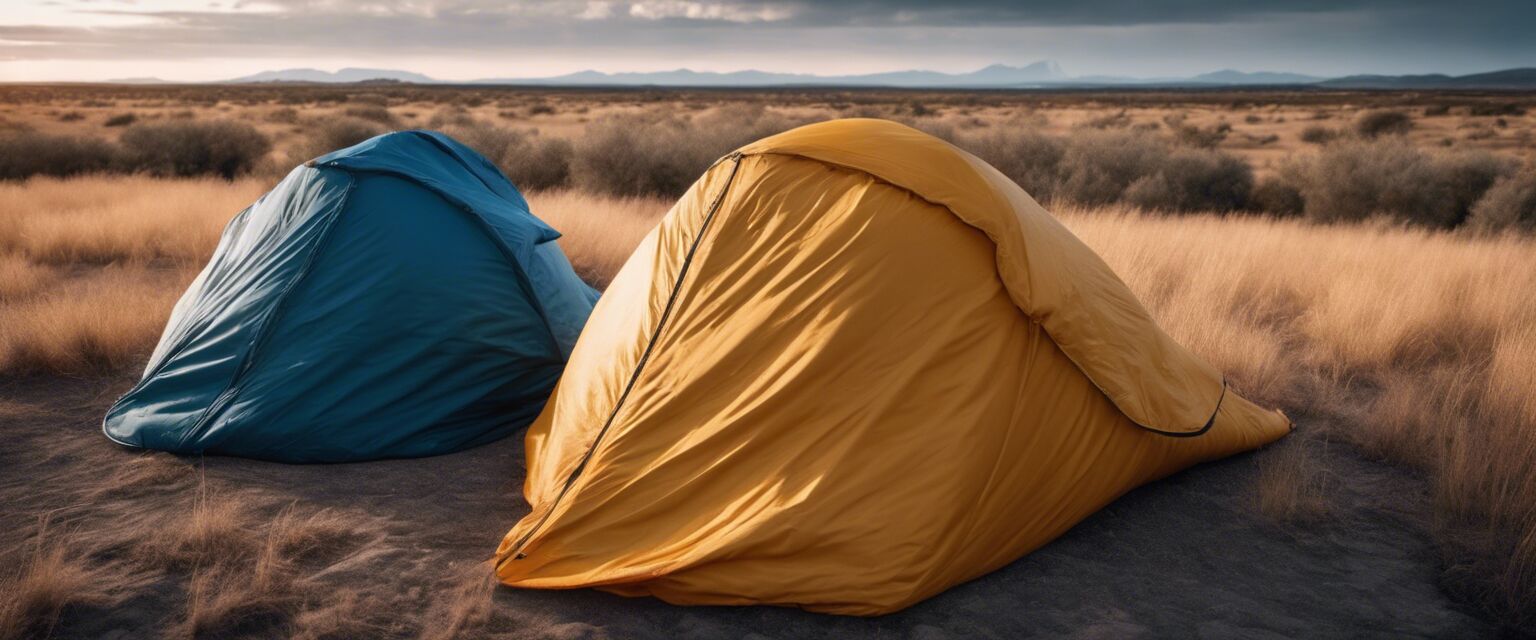
Additional Tips and Considerations
Here are some additional tips and considerations to keep in mind when choosing your shelter and sleeping gear:
Beginners Section
- Always check the weather forecast before your trip and pack accordingly.
- Consider the terrain and elevation of your campsite when choosing your shelter and sleeping gear.
- Don't forget to pack a repair kit with patches and spare parts for your gear.
By considering these essential items and tips, you'll be well-prepared for a safe and comfortable backpacking trip.
Pros of Choosing the Right Shelter and Sleeping Gear
- Improved safety and comfort
- Better protection from the elements
- Increased confidence and peace of mind
Cons of Choosing the Wrong Shelter and Sleeping Gear
- Discomfort and exposure to the elements
- Increased risk of injury or illness
- Reduced confidence and enjoyment
For more information on backpacking gear, check out our guides on Backpacks, Cooking Gear, and Navigation Tools.
